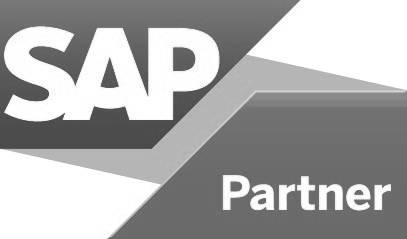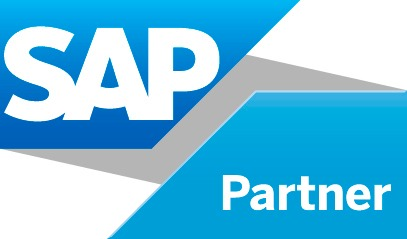Copyright © 2021 & All Rights Reserved
SAP Product Costing Controlling Configuration and Beyond









In this blog, we are going to discuss SAP product costing controlling configuration methods available.
In the controlling module, you will find that the product costing is being used to check the rate of internal costing of materials and production. This is for accounting and management accountability purposes. As there exists complexity in it, most people avoid it and even the integration with other modules is a costly affair.
There are 5 important steps involved in understanding the product costing in SAP FICO as mentioned below:
#1 – Cost Centre Planning
This is the initial step of the product costing. This is used to plan the total amount of money and quantity involved in each of the cost centre plans.
Prerequisites involved are:
• Company codes and plants in the organizational structure are prearranged.
• Master data for profit centres, cost centres, primary and secondary cost elements, and activity types.
In this, fixed and variable amounts can be entered. People can plan the costs in production cost centres. As per the previous year’s values, the activity rate can be entered manually. The best practice is to plan activity quantities based on installed capacity accounts for the interruption.
#2: Activity Rate Calculation
Here, you can estimate each of the activity planning rates in each cost centre of a plant.
Pre-requisites involved are:
• Cost Centre Plans are entered
• Calculation of the activity rates once cost centre amount and quantities are planned. We can also plan rates for a few cost centres and activities as per earlier activities
• When the cost plan for all the centres is done, no need to go to the next step of allocations. When the planned costs are acquired in overhead cost centres, just use the assessments and distributions to allocate costs.
The difference between assessments and distributions is that the distribution holds the primary cost element while assessments are secondary cost elements. We can also blend both in our approach. Whenever costs are assigned, we have to review the cost centre reports. The cost has to be ripped apart as per activity quantity and source.
#3: Quantity Structure
This is used to calculate the components of the manufactured goods and ‘sold goods’ costing as per BOM and Routing.
Pre-requisites involved are:
Creation of Master data.
• Material Masters
• BOM – Bill of Materials
• Work Centres
• Routings
• Master Recipes
• Production Versions
• Product Cost Collectors
Quantity structure is an essential incorporating point between Logistics and Finance modules.
For a product, a material master module consists of many views involving Material Resource Planning (MRP), accounting, and costing. In cost, there are two key fields named Procurement Type and Special Procurement. This procurement field is related to a material that is internally created or bought or both. Special Procurement is related to a material got through a sub-contract, bought from another location.
As we know, a Bill of Materials (BOM) has to be created for every produced material. This list also contains quantities required for the production of goods, semi or finished. The cost of the produced material depends on the price control mechanism either standard or variable average price.
A work centre signifies the area of production. During this planning, a routine will be created which has a series of operations including work centres and quantities.
Coming to the batch process, a master recipe is used. Cost collectors for products are created for every production version. The production version is a combination of Bill of Materials and master recipe or routing.
Read more about SAP Implementation Services for Best Practices
#4: Costing Run
It refers to usage to cost big volumes of materials for a specific company code. It allows for material selection, quantity structure, costing, analysis, marking and release.
Pre-requisites involved are:
• Material Masters
• Quantity Structure
• Condition types & production Information records
• Configuration
• CO Master Data
The cost of the materials is either monthly or annually. The costing run is to be only made for one company at a time and can be done for a specific date range.
There are 6 steps involved in the costing run as below:
1. Selection
2. Structure Explosion
3. Costing
4. Analysis
5. Marking
6. Release
Once the above steps are processed, finally error log will be reviewed and fixed. Once the errors are fixed, need to execute every step. If not updated after executing the steps, need to press the refresh button.
#5: Actual Cost
It is referred by actual expenses, price, and quantity which are in turn matched to the standard costs by variance analysis.
Pre-requisites involved are:
• Material Masters
• Quantity Structure
• Configuration
• CO Master Data
• Assessment/ Distribution Cycles, Actual Statistical Figures
The cost of production comprises the production orders for review and settlement.
Conclusion
SEAL Infotech, an SAP and Microsoft Certified Gold Partner, offers customized SAP S/4HANA Consulting Services and support to organizations globally. If you want actively engage and implement any business application in your organization, call us immediately at the below contacts. Get more information about SEAL Infotech’s SAP S/4HANA Consulting Services by calling us at +971-4-3670377 or by mail to info@sealinfotech.ae.
































































































































































